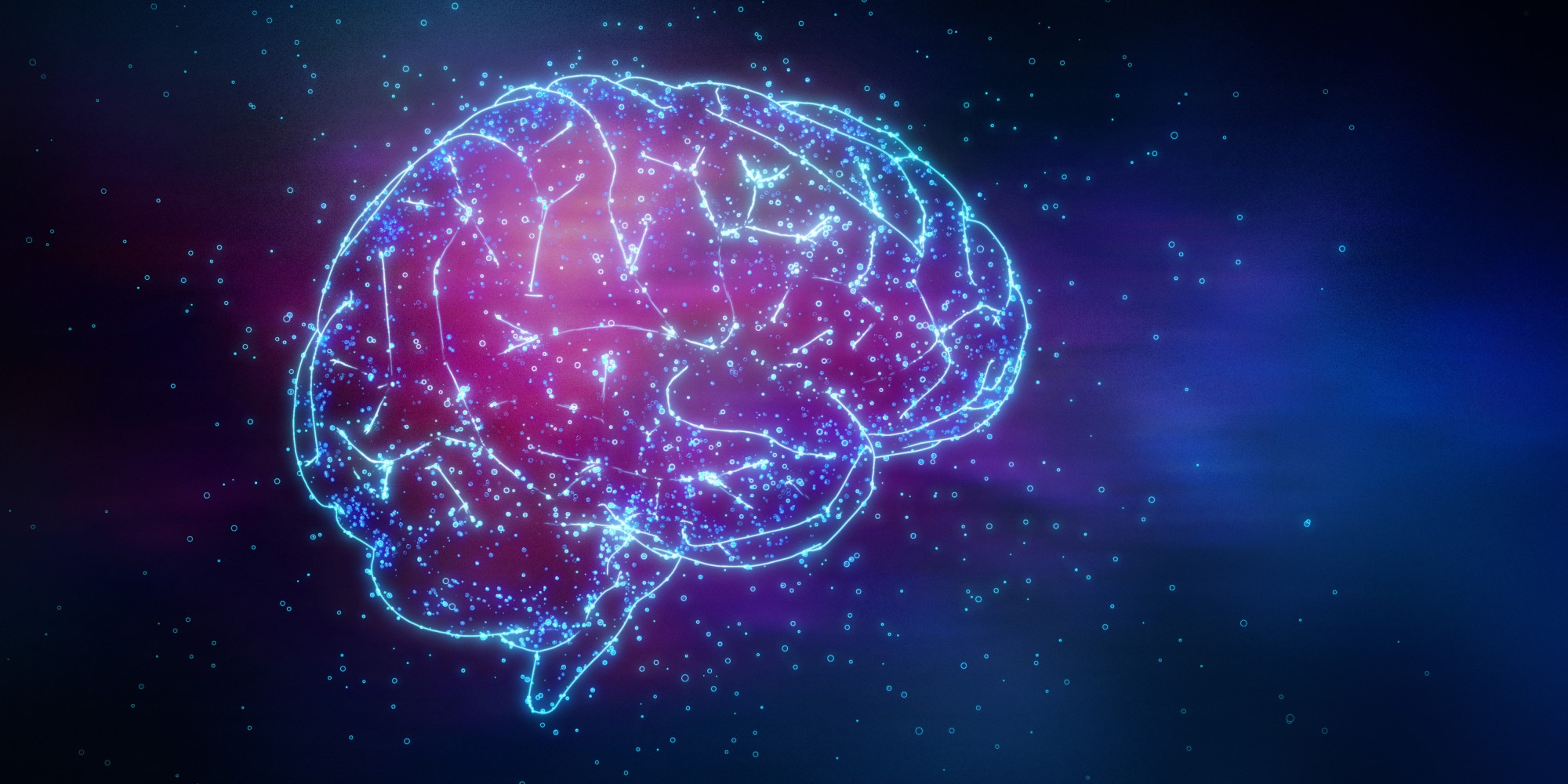A new kind of generational divide is clearly emerging in our society – one based on levels of comfort and familiarity with digital platforms. But as Digital Natives and Immigrants find more ways and reasons to connect online, this divide no longer seems difficult to bridge.
“Look Nana, Google Earth!” squeals a 6 year old from his window seat as the flight descends into Delhi. His grandfather leans over to peer out alongside his grandson, and wonderingly concurs, “you are right, it really is…”.
This moment of discovery between Digital Native and Immigrant speaks of the fundamental difference in their approach to digital. Born during a time of iPad and mobile parenting and with digital serving as the primary reference point to reality, the first worldly impressions of Natives are fundamentally hyper-real and shaped by e-renditions on the screens and devices that surround them.
Mobile and internet connectivity are the cultural ether that suffuse their universe, the very substance of their society, socialization and engagement with reality. Their relationship with digital media is inherently intuitive as a result, and imprinted to muscle memory.
The Immigrant, in contrast, views digital as an alter-reality to their primary experience of the world. It is a platform that gives them more power over the social, personal and physical baggage that might define their original notions of reality. Their exploration of the new world of digital is highly sensorial, and reminiscent of the way they once discovered the world as children.
But despite these fundamental differences, as India catapults towards potentially becoming the world’s second largest country online, such moments of discovery and connection are becoming increasingly common between its Natives and Immigrants.
Driven by a young median age and the increasingly democratizing force of mobile internet, the next wave of Indians online will be dominated by Immigrants and led by Natives. The ones that grew up with the digital revolution lie somewhere in between, a mutant generation that carries the memory of its every version, and feels dislocated by the schism between real and virtual. The next wave of digital Indians will leapfrog this schism, as well as the fundamental differences between them, through a nativization of digital’s linguistic culture.
Platforms like Facebook and Whatsapp are the Native and Immigrant’s new cultural melting pots, erupting with community networks, family/cousin/kitty party chat groups, in addition to the friend networks that originally shaped them. Farmville and Candy Crush Saga are their icebreakers, bringing together age groups, socio-cultural backgrounds, generations and geographies with their collaborative (versus competitive) game play. Photo, video and audio content is the multimedia pidgin, bringing people together through the latest home video, the current viral meme, or vacation and baby photos. Emoticons play out as a bipolar tongue, used with the artful finesse of a Kanji master by Natives and with a more belabored resourcefulness by Immigrants. The nativization of digital culture is perhaps even more evident in the way the most popular themes of social media commentary – including entertainment, causes, brands, celebrities, politics and even religion – cut across different groups today.
The most powerful social agents of this nativization emerge as the Indian family’s in-house Digital Natives – their youth and children. From triggering the first intrepid steps into digital, to translating it for the Immigrants in their families, they are as much the epicenter of this process as they are its cutting edge. They permeate the digital mainstream of Facebook, Youtube and Google in India, as well as lead its foray onto less mainstream platforms like Twitter and Pinterest. And as they do, they pave the way for others to follow, in a reversal of both generational roles as well as the traditional nativization process (in which the second language of parents becomes the first language of their children).
The real question is not entirely about Natives vs. Immigrants in India today. With the nation looking to its youth to ‘Lead India’, ‘Teach India’ and to transform its destiny, our instinct remains collective and the family – rather than the individual – continues to be the primary socio-cultural unit. In this context, the Natives’ role in galvanizing and nativization digital for India’s Immigrants takes on greater imperative, couched in the guise of galvanizing modernity itself. Gone are the rationalizations and realities that limited the adoption of the home computer in India. Instead, we hear stories of the ‘mobile aur internet ka zamana’ that Natives are born into and Immigrants are inextricably drawn into. Gone also are the pretensions of access as pure functionality. In its place, we hear stories of peer pressure to plug in across strata and age groups.
The more promising point of interest is how the Native’s and Immigrant’s motivations seem to dovetail in India. At a time when the Indian notion of regional and local community is being displaced, and the Indian family feels pared down to its nuclear essentials, digital seems to proffer the possibilities of a new kind of social glue – one that binds and bonds in serendipitous new ways. At the heart of these possibilities are the blurred spaces between the Native’s hyper reality and the Immigrant’s alter reality – spaces that allow for delicate mediations between the individual and collective, public and personal, as well as tradition and modernity.
There are many embedded lessons here for those watching this phenomenon unfold. As Natives weigh the benefits of friending Immigrants on Facebook (with filters on, perhaps) and Immigrants invite Natives to connect with their world (or a version of it anyway), social researchers and digital marketers will do well by lingering on the sidelines and taking detailed notes.




